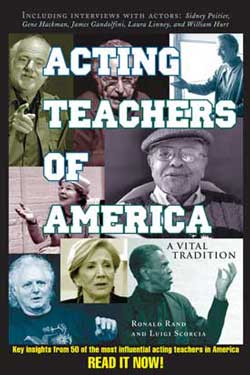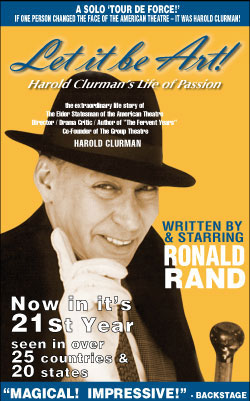Tatiana Ruiz
Internationally-renowned Flamenco Dancer and Teacher, most recently performed in the First International Flamenco Festival of Montevideo, in Montevideo, Uruguay in 2017, and in Paysandú. A native of Uruguay, she trains in Spain and performs in that country and around the world.
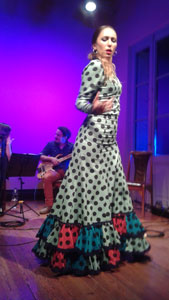 Did you know from an early age you wanted to dance Flamenco?
Did you know from an early age you wanted to dance Flamenco?
I began dancing at age four but I wasn’t conscious about a passion for dancing. I remember I didn’t really want to go to class but my parents wanted me to. My mother had a friend who was connected with a family from Andualucia who performed Flamenco. They would perform shows and held classes. My first contact in Flamenco came then and after that, I began to take different classes — ballet and other styles of Spanish dance, other regions of dance from Spain not only Andualucia. When I was about fifteen I realized I liked Flamenco the most.
Tatiana Ruiz dancing in
Paysandu, Uruguay, photo by Ronald Rand
How does Flamenco allow you to express yourself?
Through Flamenco I can express things that I can’t in any other language, like talking. What I can’t explain, my body can explain in dance. It allows me to let out my emotions that I can’t in regular speech.
How do you continue to prepare?
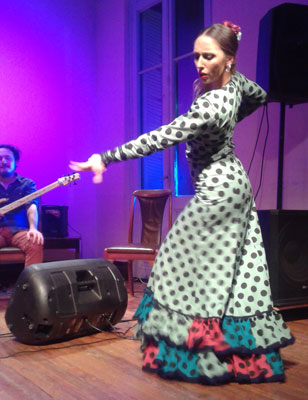
Tatiana Ruiz dancing in Paysandu, Uruguay, photo by Ronald Rand
I am studying right now, every day a little of everything. Flamenco has a way to study that allows you to keep training. I go to a dance class or a choreograhy class, or a theory class, and work on different styles in Flamenco. I go there to learn about the structure of the dance, and working for the singer. Flamenco depends on how the singer sings, which can be in many different ways.
At this moment I’m taking lessons in Spain. I’m here in Montevideo for a Flamenco Festival and I went to Paysandu where you saw me perform for a special one night performance. But I return to Seville in January. I have been living and studying there for a year now. I had first gone there in 2012 to study, Now I have a chance to stay there.
So the relationship between you, the dancer, and the singer is a dialogue?
I react to how the singer sings and that affects how I dance, and the singer reacts to how I dance. This is how it is always during the dance. Most of the time the musicians and the singer follow the dancer but there are those moments when there is a dialogue beteen the singer and the dancer.
I may do a certain kind of rythm, and the musicians and the singer may make their rythm and we might rehearse it during rehearsal, but some rhytms may come which are not rehearsed. It is more or less structured, which allows for those moments to come which are freer, so the dance can be improvised some of the time.
How would describe how those moments come?
I feel that for moments like those come my mind isn’t controlling me — I just fly. I follow my feelngs, my intuition, my natural response so I’m not controlling my body. In this way, I can let it go. When you have the tools then you can let it go.
Do you have a special preparation on the day of a performance?
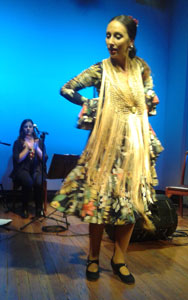
Tatiana Ruiz dancing in Paysandu, Uruguay, photo by Ronald Rand
During the day I don’t have anything specific I do. I try to train everyday so I have my tools prepared for the day. When you saw me perform in Paysandu, I knew the day before that I had to do two dances, and for me it wasn’t a problem. I have a repertory prepared; I prepare everyday for that.
An hour before I perform, I’m thinking thoughts to calm down. During the time I am doing my makeup, I focus on the routine. Like an actor, I’m creating a character. I prepare myself in Flamenco with a certain hair style and makeup. I rest and get warmed up.
It’s important to know what it necessary because I dance in different styles; they all have different impressions on the audience. The words and music can be deeper at times, so if that’s the case, then we try to use clothing that is more darker, and for the other kind we will use more lighter colors.
Does the audience have an affect on how you dance?
Audiences more or less, it can be for certain moments. I don’t have a particular way to deal with an audience. Some dancers are more involved with audiences. My way is that I connect when I bring the energy up and I let it go, I find connection at that point. When I’m dancing, depending upon the energy that I bring, I’m able to play with it because in Flamenco, you have many opportunities to explore what you are feeling. You can finish a movement or hold on to it or bring it out and play with it.
Are there inspiring dancers you watch in particular?
I don´t have a favorite. I may look at one person, and then another during the month when I am studying a particular dance to watch their style. I like to have a lot of different references so I’m not a person who has an idol; I like a lot of different dancers and choregraphers.
How do you begin to create a piece?
When I have to work on the choreography, I practice with the music. I ask the musicians and singer to send me the music to practice with, and then we meet and practice together. For the singer there are traditional ways in which they sing, and you as a dancer you have the reference of them. But a singer could change it in different ways and you have to adapt your dance. One day you might perform with one singer, and the next day with another, and you always have to be alert to the changes.
Do you feel Flamenco continues to draw an intense following today?
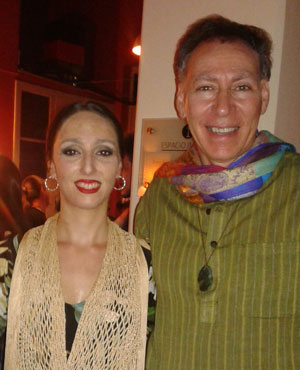 Tatiana Ruiz and Ronald Rand in Paysandu, Uruguay
Tatiana Ruiz and Ronald Rand in Paysandu, Uruguay
I think Flamenco is always growing and evolving and because of that, it draws people to it. They may come to Flamenco for the music, or for the movement, or for everything it is as an art. Flamenco allows you do that. You may feel drawn to it in different spaces and have a different connection. How the dancer dances, or the musicians or singers play and sing, When you’re close to the movement of the dancer, it can be very intense energy. The costumes and choreography also has a lot to do with it. I have studied a lot with choreographers and scenic designers to udnerstand the space and the way in which you can allow your energy to reach further, not only with the body but with the space.
It’s very different when I create a dance piece like the one you saw in Paysandu or in a theater piece. The style and the structure I may write may change and I have to practice the structure and then I try to meet with the singer to see how I feel with the structure and choreography to fit the space.
When I create in a theater, I draw a lot, seeing it through my imagination, not only the choreography but also the space and the lighting, and especially the music. What it is I want to say in that moment through the dance, and how I can show it.
I like to draw so I start drawing the scene in the space and how the energy of the dance will come alive. If it’s a smaller space, it will be more concentrated, but in a large theater, it will change and then the dance will be in a larger way as I connect with the space. I focus on that and then connect with myself. I meet and talk with the lighting and scenic team to explain my ideas and together we create the scene and that helps me to shape the language of the body when I dance. I need the space to be a part of it all for dance to come alive.
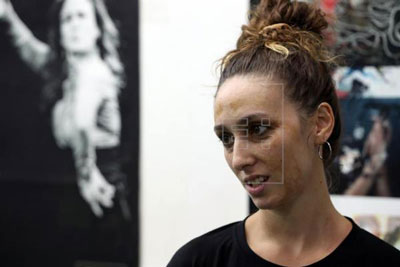
Tatiana Ruiz in rehearsal
























